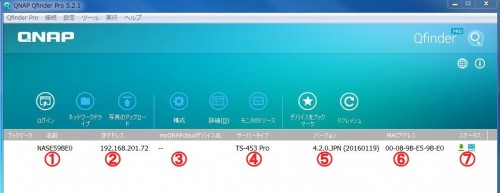

We compared Q-Finder with state-of-the-art approaches from both Subgroup Identification and Knowledge Discovery in Databases literature.
Qfinder app drivers#
To illustrate this algorithm, we applied it on the database of the International Diabetes Management Practice Study (IDMPS) to better understand the drivers of improved glycemic control and rate of episodes of hypoglycemia in type 2 diabetics patients. Those subgroups are tested on independent data to assess their consistency across databases, while preserving statistical power by limiting the number of tests. The top-k credible subgroups are then selected, while accounting for subgroups’ diversity and, possibly, clinical relevance. This allows Q-Finder to directly target and assess subgroups on recommended credibility criteria. It combines an exhaustive search with a cascade of filters based on metrics assessing key credibility criteria, including relative risk reduction assessment, adjustment on confounding factors, individual feature’s contribution to the subgroup’s effect, interaction tests for assessing between-subgroup treatment effect interactions and tests adjustment (multiple testing). In this paper, we present the Q-Finder algorithm that aims to generate statistically credible subgroups to answer clinical questions, such as finding drivers of natural disease progression or treatment response. However, both the limited consideration by standard SD algorithms of recommended criteria to define credible subgroups and the lack of statistical power of the findings after correcting for multiple testing hinder the generation of hypothesis and their acceptance by healthcare authorities and practitioners. Within the latter area, subgroup discovery (SD) data mining approach is widely used-particularly in precision medicine-to evaluate treatment effect across different groups of patients from various data sources (be it from clinical trials or real-world data). In randomized clinical trials (RCTs), confirmatory subgroup analyses focus on the assessment of drugs in predefined subgroups, while exploratory ones allow a posteriori the identification of subsets of patients who respond differently.
Qfinder app windows#
I am not a Wine fan, (I prefer native Linux Apps) so I have never attempted running the Windows version. I complained to QNAP for years about the lack of a QFinder app for Linux, and they finally provided one last year. (They won't fix anything if no one complains). Please complain directly to QNAP about this. You'd think they could write a Linux QSync "client" for us.

The QSync "server" on the NAS is Linux software. Tried the same credentials on my friend's Windows machine, it works well.Īny solution ? (And also, how can I obtain the older versions of Qsync to test?) But on browser-side: Qnap-> System Settings ->System Logs -> System Connection Logs user seems like "Login OK". The problem is, when I try to connect NAS with Qsync over Wine, I see my NAS and select it, enter username and password, it gives "Login Failure" error on Qsync screen. wine.html), but that could not worked for the latest version of Qsync.

I have searched internet for a solution and found some guys were running Qsync over Wine (. I think it is still in development progress. On the product box It says "Share data accross Windows, MacOS and Linux Platforms" but I could not find any installation file for Qsync Linux client. We would like to use it as a replacement of Dropbox at work, and all users have Linux as primary OS. Yesterday we have bought Qnap TS212-P for my company.


 0 kommentar(er)
0 kommentar(er)
